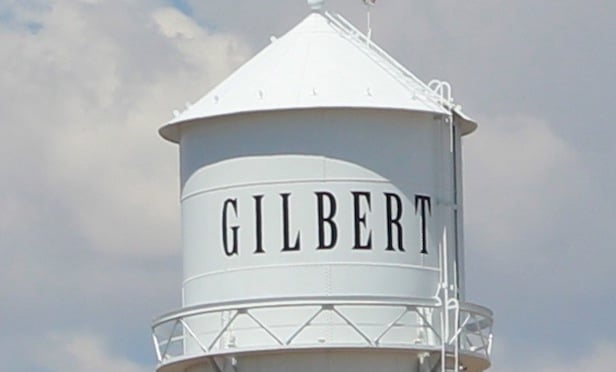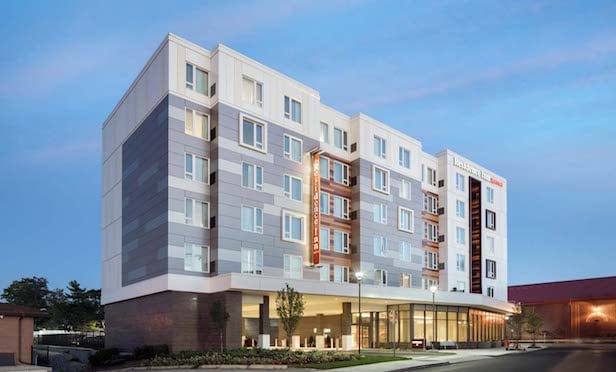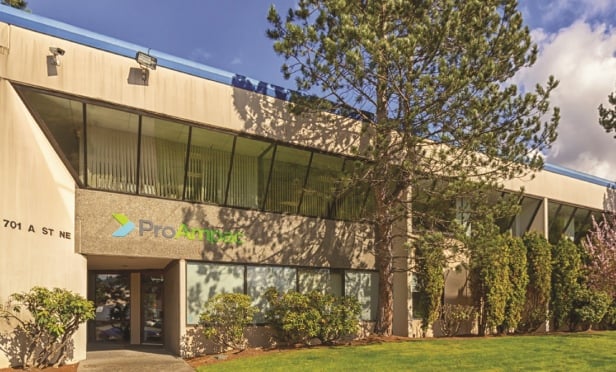
MIAMI—Ranging from 22-36 years old, Millennials represent the largest generation in the US. It's easy to picture them as student-debt- loaded grads living with countless roommates or in their parents' basement who aren't ready to buy, but the National Association of Realtors has attributed 31% of buyers to this market, and Fortune Magazine has recently said Millennial purchasing power is expected to increase from $600 billion to $1.4 trillion in the coming years.
Top Miami developers and agents certainly aren't underestimating the power of Millennial buyers and are instead playing up the features that attract them. For Millennials, there's more to falling in love with a property than just having the right floor plan.
Globest.com surveyed investment experts—Investorist vice president of sales-Americas Josh Cunningham, VP of Sales and Christopher Adeleke, Douglas Elliman's newest luxury sales executive and Cervera's former top producer since 2011)—to round up the top amenities influencing wealthy Millennial investment in Miami.
“More Millennials are getting in the 'investment driver seat' and offering certain amenities can be the deciding factor on whether they park their money in your property or go a different direction,” Cunningham tells GlobeSt.com. “Developers around the country should take note of this list and do their best to incorporate these amenities however possible. Whether on the beach, the city's urban core or in suburbia, dispensing these amenity sets tailored to Millennials will, from my experience, attract, satisfy, and quickly sell them.”
Here are eight trends:
- In-house business centers: With remote work becoming an increasingly popular trend, the potential ways of catering to work-at-home tenants are endless.
- Expansive pool decks for entertaining: Developers can't go wrong by adding cabana-style pods, summer kitchens, fire pits and flex outdoor spaces to enhance your typical pool deck.
- Smart technology and automation: A property can be deemed out of touch if it doesn't offer apps that let residents control AC, lights, switches, sensors and locks while they're away.
- Green spaces, such as open air private parks as well as dog runs and dog park access.
- Bike racks: Most metropolitan Millennials may not own a bike over a car, and can Uber or Lyft when they need transportation locally, or rent one from a car-sharing company for longer trips.
- Secure building: Online shopping is now a part of our everyday life with Millennials pioneering the subscription and e-commerce economy, purchasing off of websites like Amazon, FabFitFun and HelloFresh. It's trendy, easy, and comes with the instant gratification of items delivered right to their doorsteps, deeming it important that buildings offer secure and efficient methods to receive these packages.
- Walkability: Car-less cultures are on the rise, so walking distance to neighborhood amenities like bars and restaurants and easy access to farmers' markets and city centers also play into a Millennial's needs to live healthier lifestyles.
- 24-hour fitness centers: The fitness center isn't just a place to work out, it's also where residents can gather and socialize. Plus, as wearable fitness technology like as the Fitbit and Apple Watch continue to evolve, so too do the desires of health-conscious residents. The standard fitness center won't cut it anymore. People want a facility they can work out at when they can and want to.
“Millennials are the largest demographic in the country today and there's a lot of talk about what they want—it usually involves speed, ease and the latest technology—but they also seek comfort and convenience,” Adeleke tells GlobeSt.com. “They're becoming hungrier for these types of amenities and developers should take notice if they haven't already.”
© 2025 ALM Global, LLC, All Rights Reserved. Request academic re-use from www.copyright.com. All other uses, submit a request to [email protected]. For more information visit Asset & Logo Licensing.







